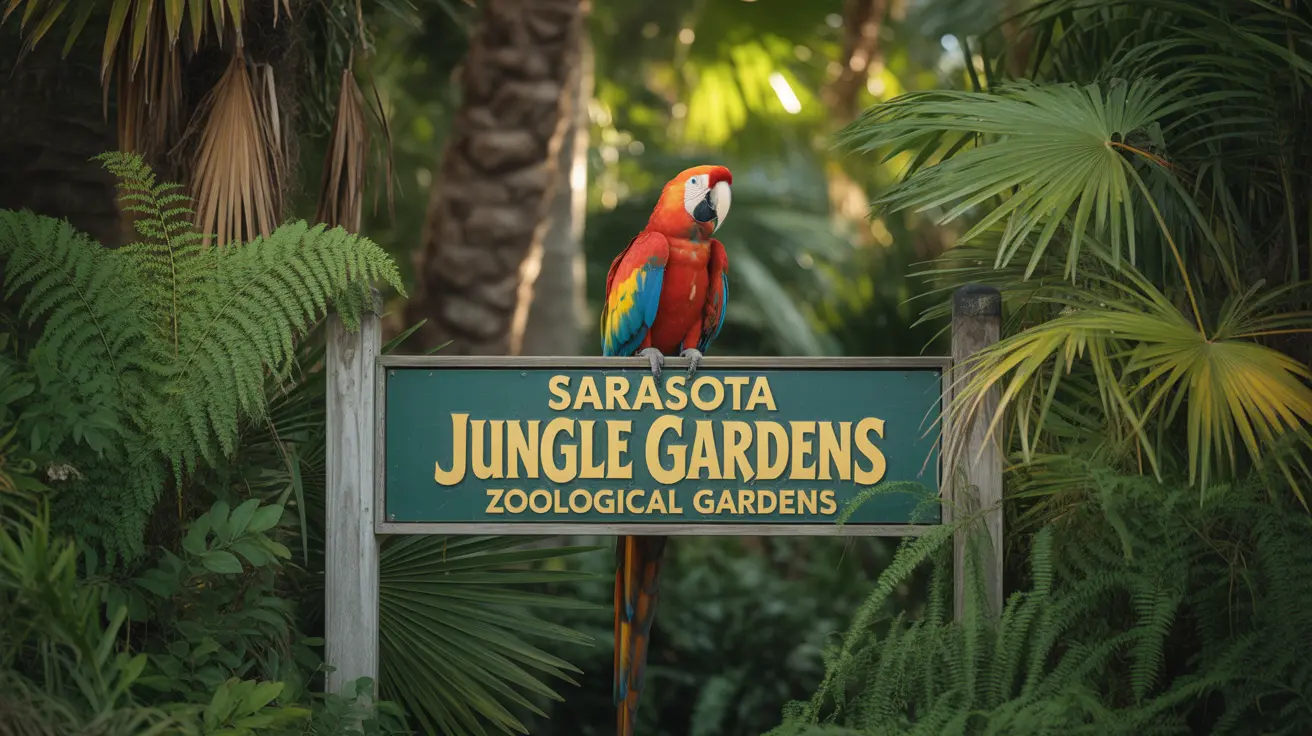Looking for an exciting way to challenge your dog both mentally and physically? Dog parkour might be exactly what you need. This innovative activity combines traditional agility training with urban exploration, allowing your dog to navigate everyday obstacles in creative and engaging ways.
Whether you have an energetic young pup or a seasoned senior, dog parkour offers a flexible, accessible form of exercise that can be practiced virtually anywhere. Let's explore everything you need to know about this growing canine sport and how to get started safely.
Understanding Dog Parkour Basics
Dog parkour, also known as urban agility, adapts the human sport of parkour for our four-legged friends. Unlike traditional dog agility courses that require specialized equipment, parkour utilizes everyday objects like benches, logs, walls, and stairs as training obstacles.
The International Dog Parkour Association (IDPKA) has established standardized behaviors and guidelines for the sport, making it easy for beginners to start their journey with clear goals and progression paths.
Essential Parkour Behaviors and Skills
Fundamental Movements
Dog parkour focuses on six core behaviors that form the foundation of the sport:
- "On" - Teaching your dog to place two or four paws on objects
- "Over" - Jumping or stepping across obstacles
- "Under" - Navigating beneath objects
- "Through" - Passing between obstacles
- "Around" - Circling objects independently
- "Balance" - Maintaining stability on narrow or elevated surfaces
Progressive Training Techniques
Success in dog parkour comes from methodical training and positive reinforcement. Start with simple, stable objects at ground level, gradually increasing difficulty as your dog builds confidence and skill. Always reward successful attempts and maintain patience during the learning process.
Safety First: Essential Precautions
While dog parkour can be incredibly fun, safety should always be your top priority. Use appropriate equipment, including a well-fitted harness and sturdy leash, especially when training in public spaces. Carefully inspect all obstacles before use, avoiding slippery surfaces or unstable structures.
Consider your dog's physical capabilities and limitations when choosing obstacles. What works for a nimble Border Collie might not be appropriate for a Bulldog or senior dog. Always start with low-height obstacles and progress gradually.
Benefits of Dog Parkour Training
Physical Advantages
Regular parkour practice helps develop:
- Core strength and stability
- Balance and coordination
- Muscle tone and flexibility
- Overall fitness and endurance
Mental Stimulation
Beyond physical benefits, dog parkour provides excellent mental enrichment by:
- Challenging problem-solving abilities
- Building confidence in shy or anxious dogs
- Strengthening the human-canine bond
- Providing environmental enrichment
Getting Started with Dog Parkour
Begin your parkour journey by identifying safe training locations in your neighborhood. Parks, quiet streets, and even your backyard can offer plenty of opportunities for practice. Start with basic behaviors on simple obstacles, and gradually expand your repertoire as your dog gains confidence.
Consider joining online parkour communities or working with a certified trainer to ensure proper technique and progression. Many handlers find video recording their sessions helpful for tracking progress and potentially earning IDPKA titles.
Frequently Asked Questions
What is dog parkour and how does it differ from traditional dog agility?
Dog parkour uses everyday objects and environments for training, unlike traditional agility that requires specialized equipment. It's more freestyle and accessible, focusing on natural movements and environmental interaction rather than standardized obstacle courses.
How can I safely start training my dog in parkour using everyday objects?
Begin with stable, low-height objects in a controlled environment. Use positive reinforcement to encourage interaction with simple obstacles like benches or logs. Always check objects for stability and ensure proper footing before allowing your dog to engage.
What are the basic dog parkour behaviors and how do I teach them step-by-step?
Start with the "On" command using a stable platform at ground level. Use treats to lure your dog onto the object, reward success, and gradually progress to higher or more challenging surfaces. Once mastered, introduce other basic behaviors like "Over" and "Under" using similar positive reinforcement techniques.
What safety precautions should I take when practicing dog parkour with my pet?
Always use a proper harness and leash, inspect obstacles before use, and start with low-height, stable objects. Monitor your dog for signs of fatigue or stress, and avoid slippery or unstable surfaces. Never force your dog to attempt obstacles they're unsure about.
What are the physical and mental benefits of dog parkour for dogs of all ages?
Dog parkour provides comprehensive physical conditioning, improving strength, balance, and coordination. Mentally, it builds confidence, enhances problem-solving skills, and strengthens the bond between dog and handler. The activity can be modified to suit dogs of any age or ability level.






